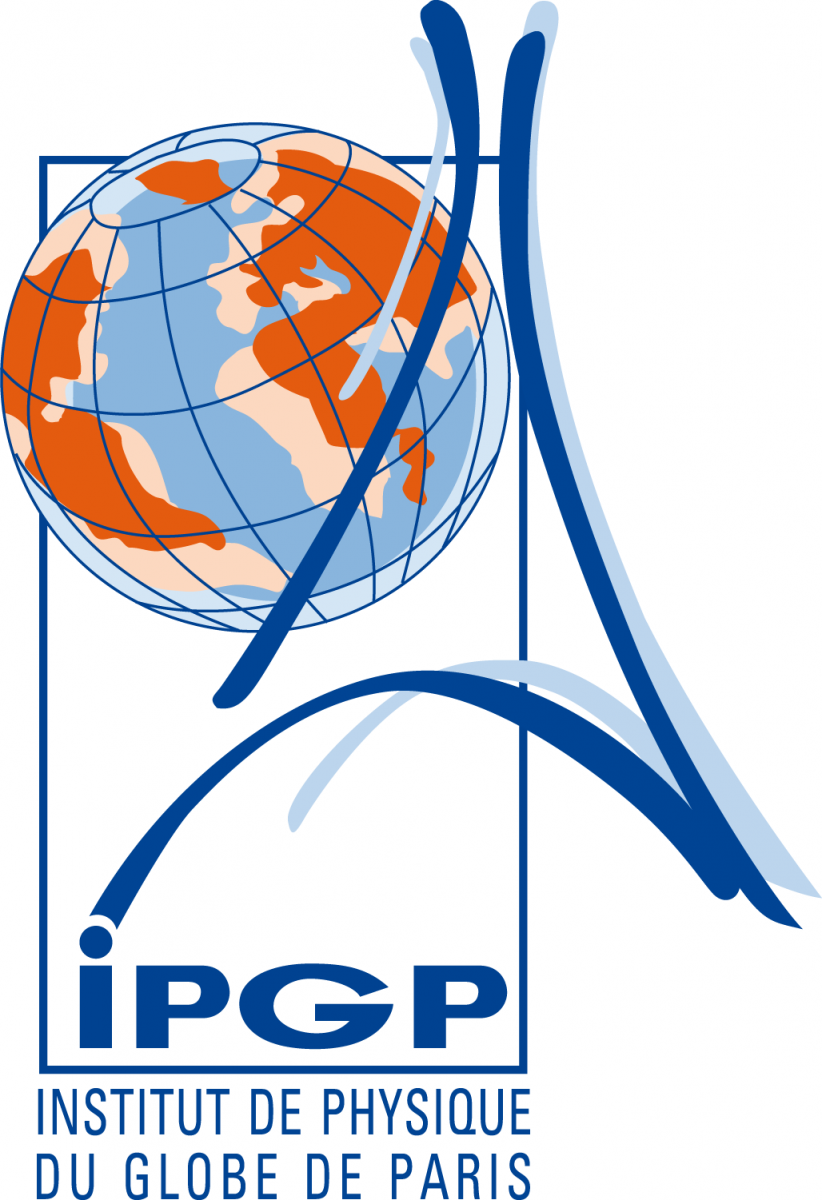Biology Working Group Update
(July 2007)
Working Group Members:
Chuck Fisher (Chair), Pennsylvania State Univ, USA
Nicole Dubilier (Co-Chair), Max Planck Inst., Germany
Maria Baker, NOCS, UK
Monika Bright, University of Vienna, Austria
Craig Cary, University of Delaware, USA
Andrey V. Gebruk, Russian Academy of Sciences, Russia
Timothy M. Shank, WHOI, USA
Ken Takai, JAMSTEC, Japan
Anna Metaxas, Dalhousie University, USA
Jung-Ho Hyun, KORDI, Korea
Ana Colaço, IMAR-University of the Azores, Portugal
The Biology WG last met at the “3rd International Symposium on Vent and Seep Biology” at La Jolla, California from September 12 – 16, 2005. At this meeting, the two previous Chairs of the WG, Francoise Gaill (University of Pierre and Marie Curie, Paris, France) and Kim Juniper (University of Victoria, Canada) stepped down and Chuck Fisher (Penn State University, USA) and Nicole Dubilier (Max Planck Institute of Marine Microbiology, Germany) took over as the new Co-Chairs of the WG. Three scientists were taken up as new Group Members: Maria Baker (National Oceanography Centre Southhampton, UK), Monika Bright (University of Vienna, Austria), and Stéphane Hourdez (Station Biologique de Roscoff, France). The WG members agreed to change the name of this group from Mid-Ocean Ridge Ecosystems to Biology WG, as the focus of this WG extends beyond the biology of mid-ocean ridges and includes other vent systems such as back arcs and subduction zones. The WG unanimously supported the decision of the Organizing Committee of the “3rd International Symposium on Vent and Seep Biology” to host the “4th International Symposium on Vent and Seep Biology” in 2008 at JAMSTEC, Japan.
The main focus of the Biology WG in 2006 was the drafting of an “InterRidge statement of commitment to responsible research practices at deep-sea hydrothermal vents” (http://interridge.whoi.edu/node/185). This statement describes responsible, environmentally friendly research practices for research at hydrothermal vents and was unanimously supported by the Steering Committee of IR as well as the Chairs of all IR Working Groups.
In 2007, the Biology WG had an intensive, on-line discussion about the future of this group. The Group Members were asked to answer the following questions:
1) Is there a continued need for a Biology Working Group in IR?
If you answered yes to question 1:
2a) What are the "burning issues" or "big science questions" for the Biology Working Group?
2b) How can IR help push forward these "burning issues" and "big science questions”? What can IR contribute through international collaboration and coordination to work on the "burning issues" and "big science questions" that is not already being done by national programs?
If you answered no to question 1:
3) What are your arguments for disbanding the Biology Working Group?
This discussion led to the following conclusions:
1) It was unanimously agreed that the Biology Working Group should not continue in its present form. The main reason was that the common scientific mission of this group was no longer clear.
2) It was agreed there is a continued need for a WG in the general area of biology that should be more focused, structured, and interdisciplinary in nature. The need for such a WG clearly extends beyond the ChEss program (Biogeography of Chemosynthetic Ecosystems) of the Census of Marine Life (http://www.noc.soton.ac.uk/chess/home.php), which is currently only funded until 2010. The goals of ChEss are to improve knowledge of the diversity, abundance and distribution of species from chemosynthetically-driven ecosystems. This goal only covers areas of diversity and biogeography research at vents and is primarily related to marine biology while an IR WG would be much more interdisciplinary and involve a broad range of scientists from different disciplines.
3) Stéphane Hourdez and Chuck Fisher proposed forming a new WG, on the ecology of hydrothermal vent fauna. The objectives will include community ecology (succession, roles of life history variables, biological interactions, and chemical/physical constraints in structuring communities) and physiological ecology (which must include symbiotic adaptations). Addressing the first order questions in these fields requires a focused, international, and interdisciplinary effort to discuss and facilitate manipulative experiments, long-term observations, standardization of sampling methods, and the use of new methods, equipment and approaches for in situ and laboratory research on vent fauna. This WG would continue to take the lead with issues connected to vent site "environmentalism issues", which is one of IR's stated purposes. Such a WG would be highly interdisciplinary and include chemistry, geology, and microbiology. A proposal for an Ecology WG was submitted to IR by Hourdez and Fisher in July 2007.
4) There is strong agreement that the International Vent and Seep Biology Meetings are one of the most successful outcomes of the Biology WGs and that these meetings should continue, independent of the discussion of whether to disband the Biology WG. These meetings should continue to be held with the help and support of IR. The proposed new WG in ecology was asked to consider taking over the responsible role for organizing this meeting.
July 24th, 2007
Nicole Dubilier and Chuck Fisher




